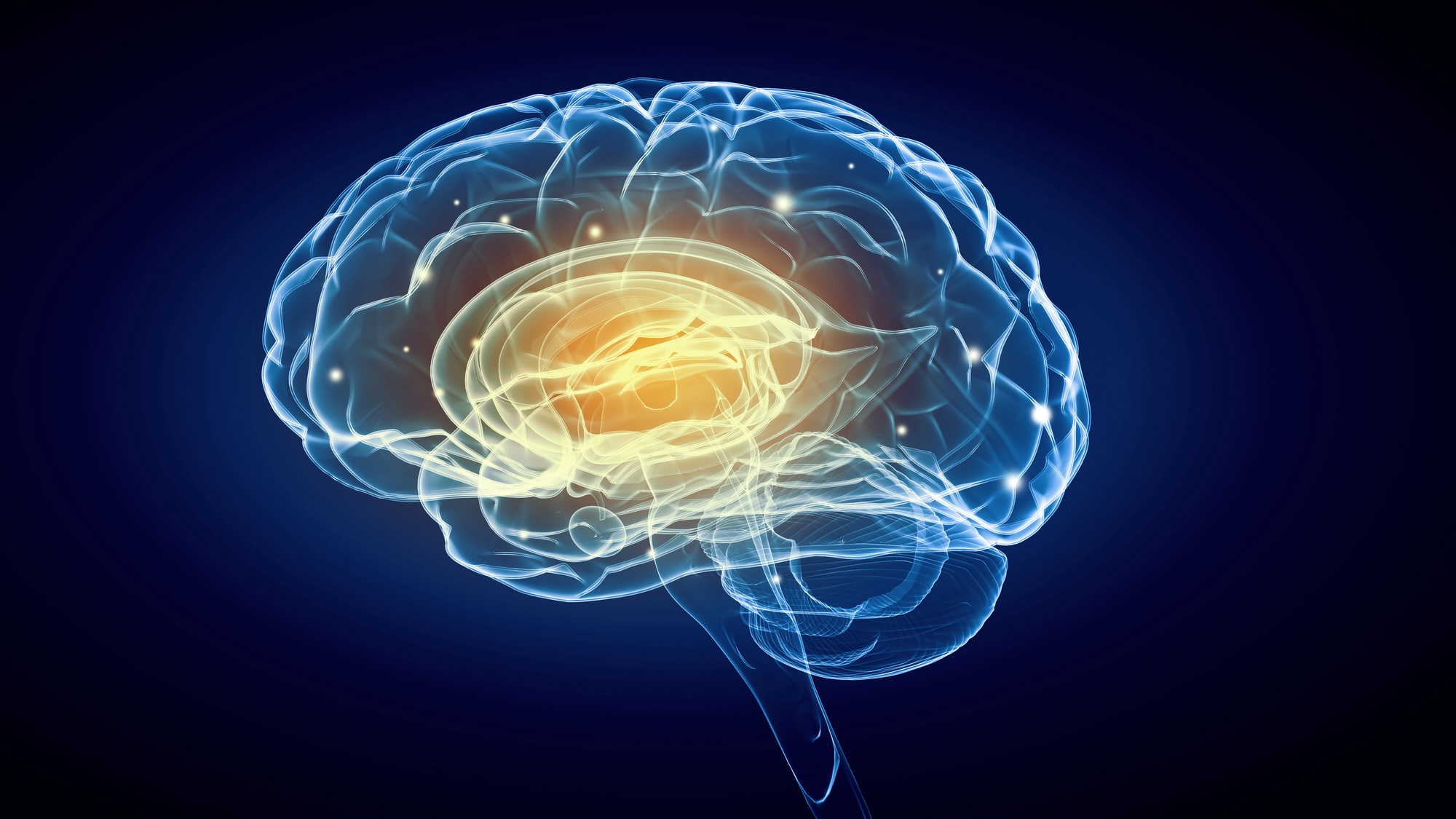

Although it can sound cliché, there’s a lot of truth in the old axiom “face your fears.” In fact, exposure therapy ostensibly puts that adage into practice. For many people, reprocessing their trauma with the help of trained professionals can allow their brains to relearn the important differences between an actual traumatic event and its harmless memories.
Unfortunately, post-traumatic stress disorder often reworks the brain by limiting the ventromedial prefrontal cortex’s ability to control regions like the amygdala. This can lead to memory and safety learning issues that limit exposure therapy’s efficacy.
To potentially solve this issue, researchers wondered if combining the treatment alongside another popular trauma therapy might compensate for this brain barrier. Their results, published this week in JAMA Psychiatry, indicate a workaround may actually be found through a trio of tools: exposure therapy, transcranial direct current stimulation (tDCS), and virtual reality.
[Related: PTSD patients’ brains work differently when recalling traumatic experiences.]
In their recent study, a collaborative team from Brown University and the Providence V.A. Center for Neurorestoration and Neurotechnology asked 54 military veterans to participate in a new, double-blind study. Every volunteer agreed to six VR exposure therapy sessions over two to three weeks that depicted generalized warzone situations.
“It can be difficult for patients to talk about their personal trauma over and over, and that’s one common reason that participants drop out of psychotherapy,” Noah Philip, the study’s author and Brown University psychiatry professor, said in a statement. “This VR exposure tends to be much easier for people to handle.”
During these 25-minute sessions, half of the veterans simultaneously received painless, 2 milliamp tDCS stimulations directed at their ventromedial prefrontal cortex. The other participants, meanwhile, served as controls, and only felt a small sensation meant to mimic tDCS treatment.
According to researchers, veterans who received both therapies reported “meaningful” improvement in their PTSD symptoms after just three sessions, with a “significantly greater” reduction in issues reported during their one month follow-up interviews.
What’s more, the results were achieved much faster than volunteers who only underwent VR exposure therapy. In only two weeks, tDCS/VR approach produced results normally only seen after about 12 weeks of exposure therapy alone.
It’s important to note that this initial participant sample size is relatively small, and researchers need to continue studying the results to better grasp how the treatment works over time. Still, the team hopes to conduct similar experiments on larger populations in the future, potentially alongside additional treatment sessions with longer follow-up times.
